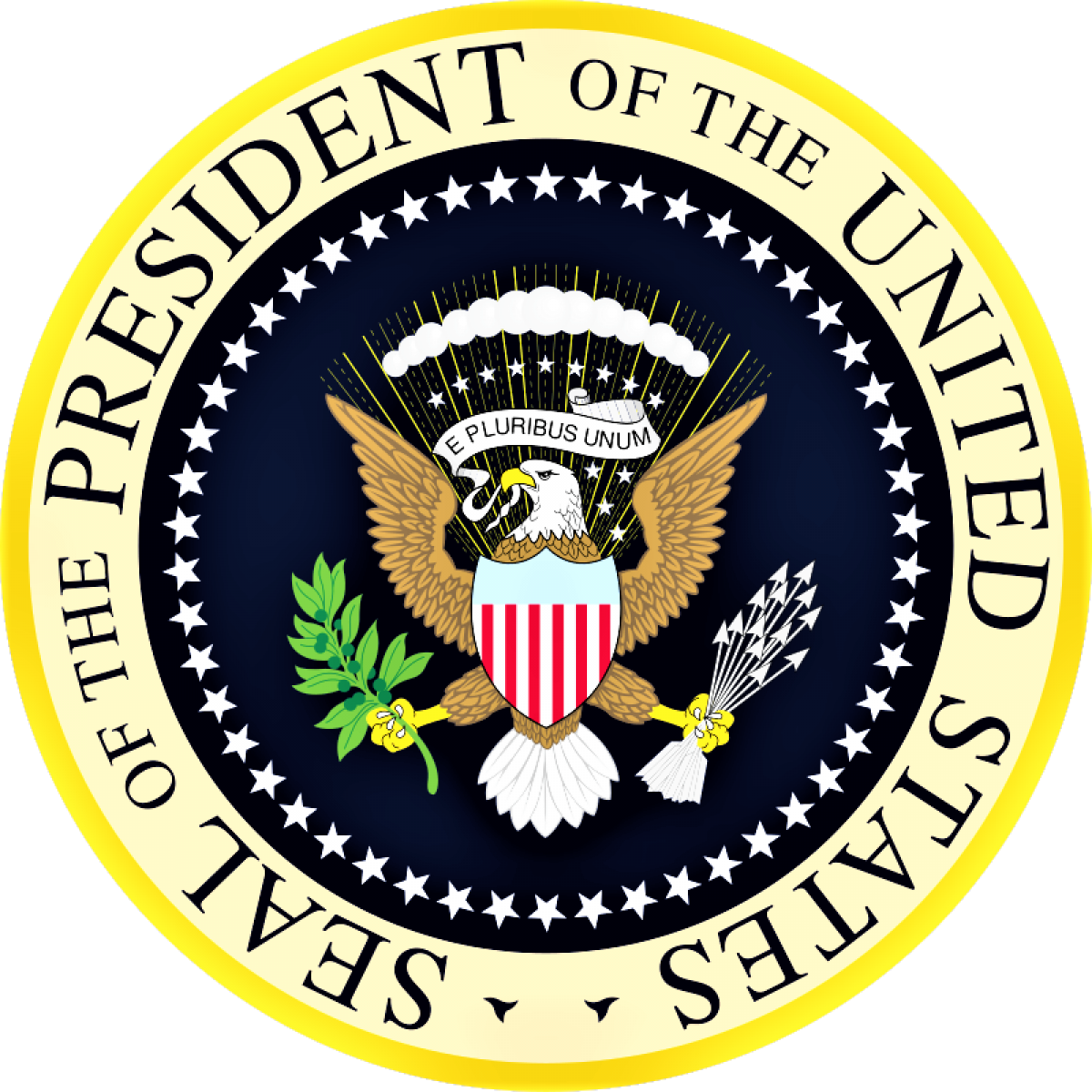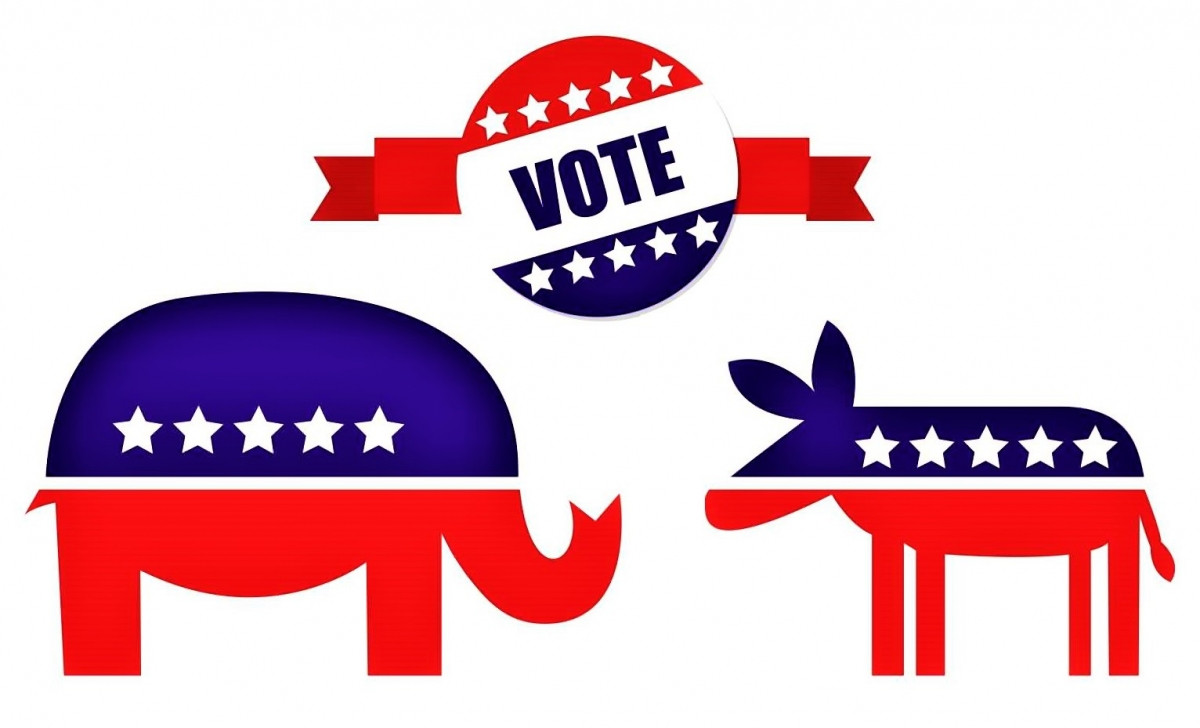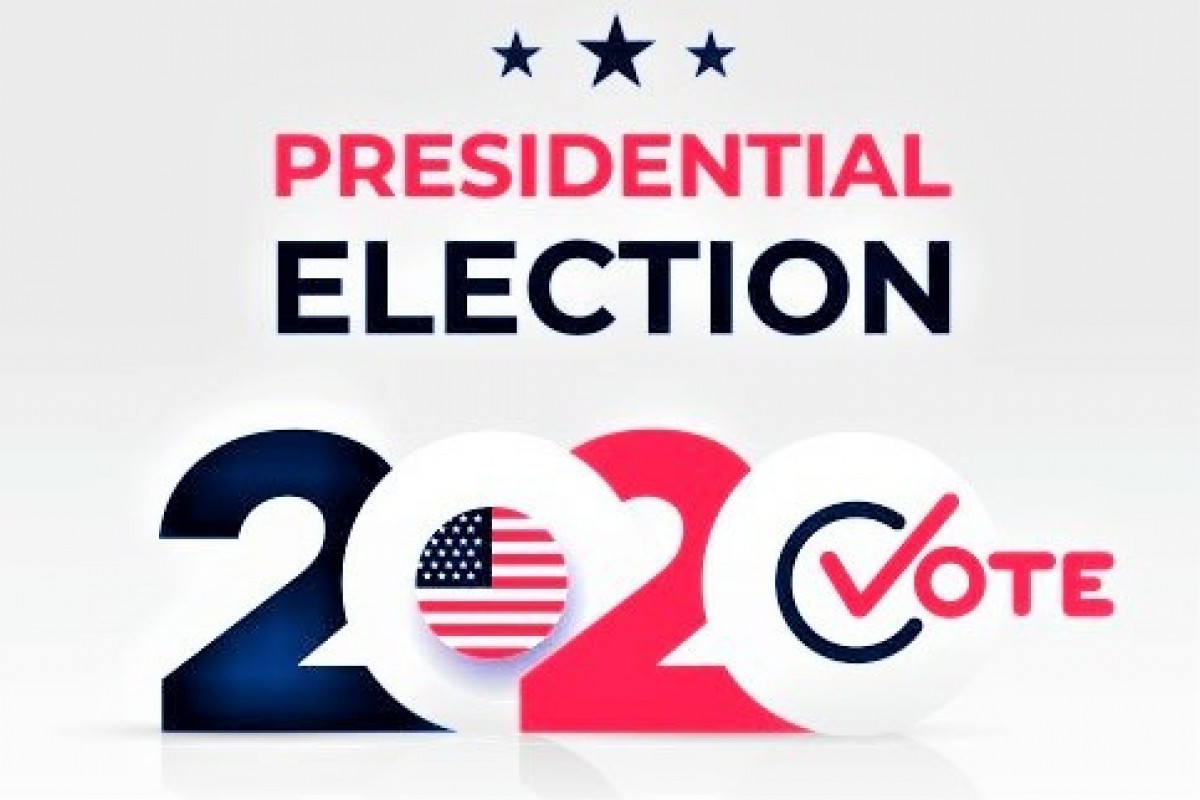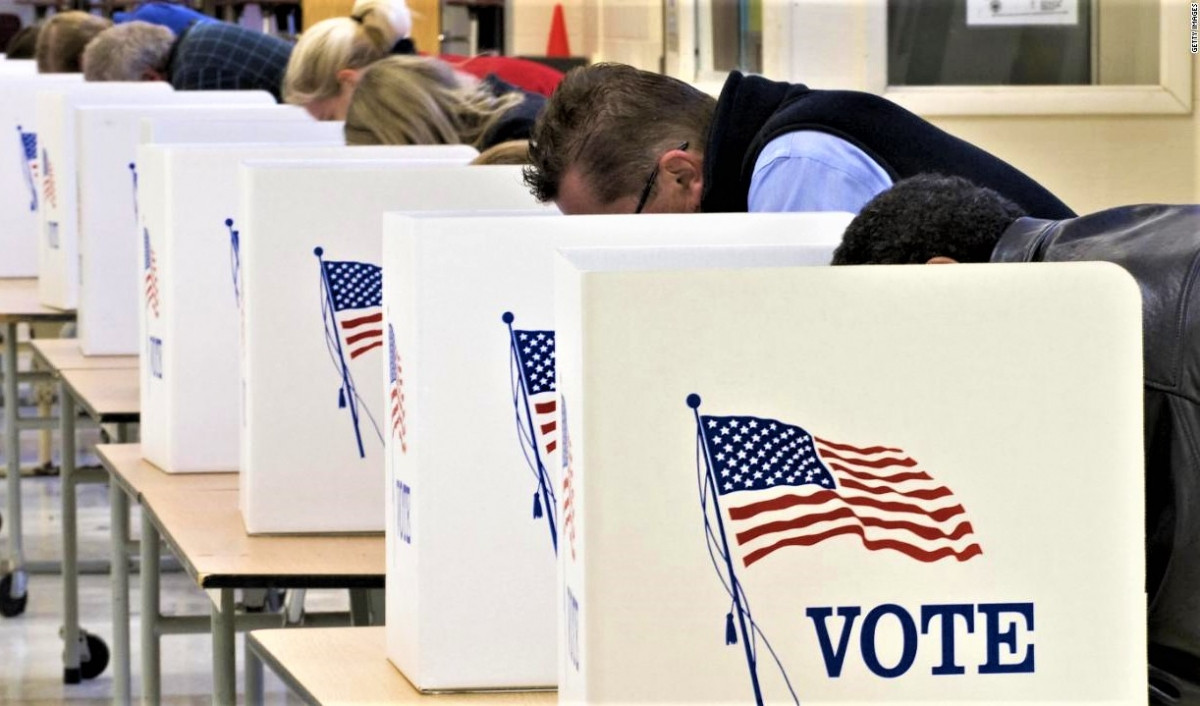US Election Day still takes place during the Covid-19 pandemic because it was set in 1845
In 2020, Americans went to the polls on the scheduled date, even though the Covid-19 pandemic was still raging in the country.
US election day was set in 1845.
Initially, states were allowed to hold elections any time they wanted within the 34-day period leading up to the first Wednesday of December, but this system has its flaws. Knowing the results of early voting can affect turnout and choices in states that hold late elections, and those last-minute voters can potentially decide the outcome of the entire election.
To limit these effects,US CongressThe current election date was set in the hopes of simplifying the voting process. Under federal law, election day is held on the first Tuesday after the first Monday in November every four years, chosen and approved by the US Congress in 1845.

In the 19th century, farming was very important to most American communities, the majority of American citizens were farmers and lived far from the polling place, it took at least 1 day to get to the polls, so legislators needed to create a 2-day gap for people to travel. If held in spring and early summer, the election would coincide with the planting season; in late summer and early fall, the election would coincide with the harvest season. November - the time of late fall, the harvest is finished, the month of idle farming - so holding the election before the harsh winter is the best choice.
Elections were held on Tuesdays for two reasons - to avoid November 1, a day off for prayer (All Saints' Day, also known as All Hallows' Day, Hallowmas); and to avoid affecting farmers' market day, which was then held on Wednesday and was the day when traders summarized their sales and work for the previous month. However, in 2009, Congressman Steve Israel argued that the date should be changed to accommodate modern circumstances; holding elections on a working day resulted in lower voter turnout.
Steve Israel introduced a bill to move Election Day to a weekend, but it failed due to logistical reasons such as difficulty securing equipment and hiring staff. Election Day is a holiday in some states, including Delaware, Hawaii, Kentucky, New York, New Jersey, and Puerto Rico. Other states allow workers to take time off work to vote with pay. Some politicians have pushed to make Election Day a federal holiday, but that has not happened.
2020 US Presidential Election
The 2020 election will take place on Tuesday, November 3, 2020, and will elect the 59th President and Vice President of the United States, on the same day as the congressional (33 Senate and all 435 House) and local (11 governorship) elections. The November general election is an indirect election, where voters cast their ballots to elect electors; and based on the results in their districts, these electors directly elect a new President and Vice President or re-elect the incumbents on December 14, 2020.

Article 2 of the United States Constitution states that in order to be President of the United States, an individual must be a natural-born citizen of the United States, at least 35 years old, and a resident of the United States for at least 14 years. Candidates for President typically seek the nomination of one of the various political parties in American politics, in which case each party has a method (such as a primary election) to select the candidate most suited to the party to run. The nominee then selects a Vice President from that party (except for the Libertarian Party, which selects its Vice Presidential candidate by ballot).
Incumbent President Donald Trump of Florida, who is running for re-election to his second and final term, was re-nominated as the Republican Party's nominee on March 17, 2020. Former Vice President Joe Biden of Delaware was nominated as the Democratic Party's nominee on April 8, 2020, after Senator Bernie Sanders of Vermont withdrew. The winner of the 2020 presidential election is expected to take office on January 20, 2021.
The US election took place during a pandemic.
May 30, excuseCovid-19 pandemic, President Trump spoke about the possibility of postponing the election date, this opinion was immediately rejected by the members of both houses of the US Congress. The US Congress is the only authority to decide whether to change the date of the presidential election or not. After that, the White House officially confirmed that the general election will still proceed as scheduled on November 3.

Americans have historically gone to the polls during pandemics. In the fall of 1918, the United States was heading into a midterm election unlike any other. Not only were President Woodrow Wilson and the Democrats trying to maintain control of Congress during World War I, they were trying to do so in the midst of one of the deadliest pandemics in history.
The first wave of the “Spanish flu” began that spring, with the first official cases recorded at Camp Funston, Kansas; the second wave, which appeared in September 1918 near Boston, was much worse. This time, the flu spread rapidly through the civilian population of Boston and other East Coast cities; in October alone, it claimed 195,000 American lives.
As scientists race to find a vaccine, public health officials have turned to time-tested methods of quarantine and social distancing. State and local officials across the country have banned public gatherings and closed schools, churches, theaters, bars and other places where people typically meet in groups.
Because of these bans, many candidates in the 1918 midterms were unable to campaign in the usual way, and had to rely on less direct forms of communication, including newspaper coverage or mailing campaign literature. Because local and state governments largely controlled the measures taken to control the spread of the virus, voting in the 1918 midterms varied greatly depending on the region.
In San Francisco, health officials issued an order in late October requiring everyone to wear a mask in public or in groups of two or more. All poll workers and voters were required to wear masks on Election Day, leading the San Francisco Chronicle to call it “the first known masked ballot in American history.”

Despite the risks involved, there seems to have been little public discussion about simply postponing the election that year. Jason Marisam, a law professor at Hamline University who has studied how the flu pandemic affected the 1918 midterms, argues that there might well have been talk of a delay if the United States had not been at war at the time. But with their troops fighting overseas, Americans’ sense of civic pride was high, and voting was seen as a necessary act of patriotism.
However, only about 40% of US voters turned out to vote on November 5, 1918, compared with 50% in the previous midterm. The Republicans won control of both the House and Senate for the first time since 1908, marking a major setback for Wilson and his foreign policy agenda. The low turnout could not be blamed entirely on the flu, although it had an impact. At the time, about 2 million men, a high proportion of the US voting population, were fighting (American women would not get the right to vote until 1920).
Although the midterm elections took place during a pandemic, the aftermath was a surge in flu cases and deaths, possibly due to the lifting of quarantine restrictions. Then, six days after Election Day, an armistice ended hostilities in World War I. Many Americans left their homes for the first time in weeks or months, gathering in groups to celebrate the end of the war. Tragically, the armistice celebrations and the mass return of soldiers from the front led to a new surge in flu cases in many cities across the United States and around the world.
The political fallout from the 1918 election was also evident. Republicans in Congress returned to power, subsequently blocking ratification of the Treaty of Versailles and membership in theUSAin the League of Nations promoted by Wilson. In 1920, Warren G. Harding was elected president, marking the end of the Progressive Era and the beginning of a period of Republican dominance that lasted for another 12 years./.
